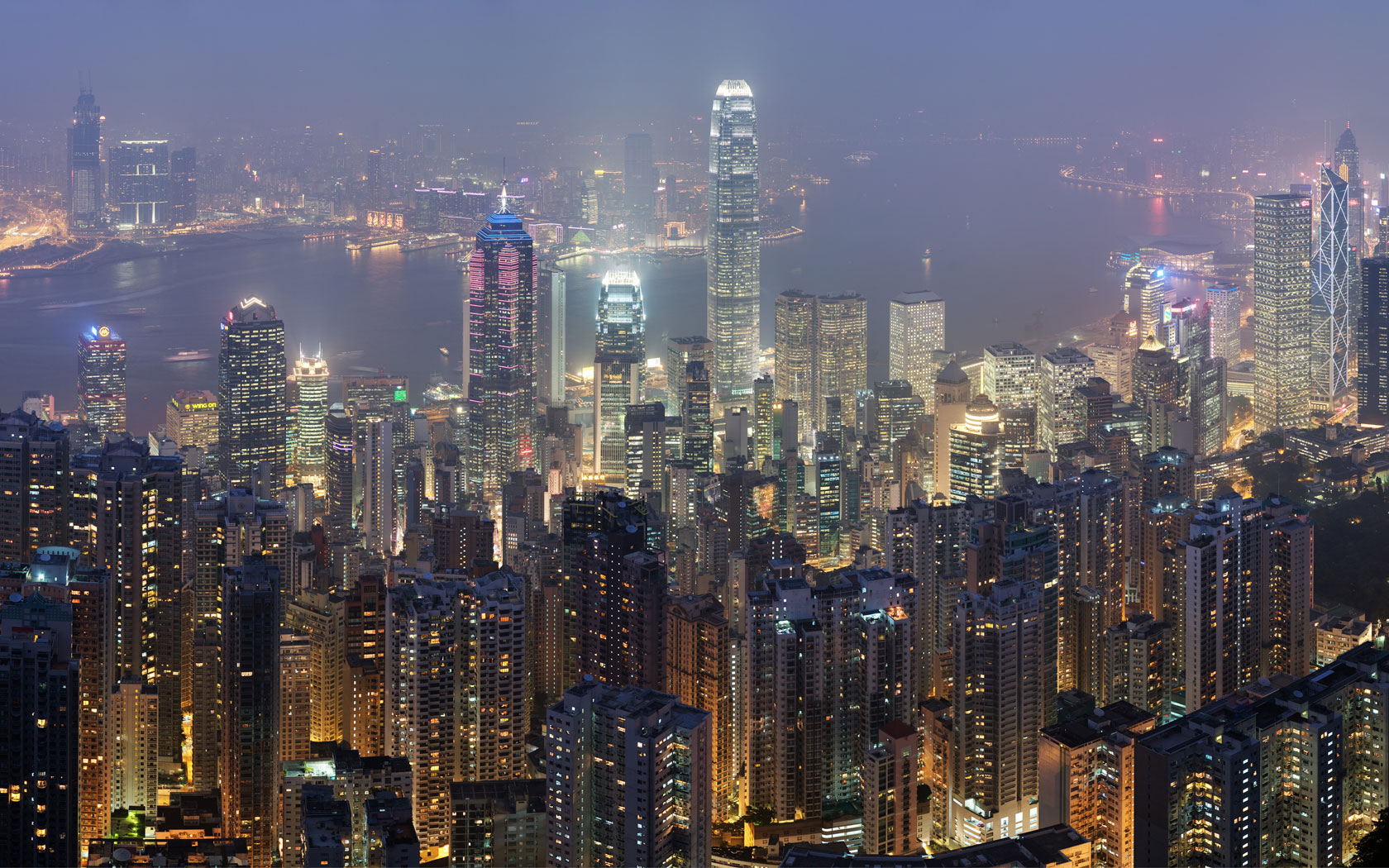Japan’s Self-Defence Forces are beginning to focus on China
ON A COLD spring day, crowds of Japanese gather to peer at the hulking grey ship moored in the port of Yokosuka, just south of Tokyo. The Izumo, the country’s largest warship, has attracted attention at home and abroad since December, when Japan’s government announced that it would upgrade her. Her deck, and that of her sister ship, the Kaga, will be reinforced to accommodate up to a dozen of the 147 F-35 fighter jets Japan recently ordered from America.
The refitting of the Izumo is one sign of Japan’s shifting defence posture. The changes are small, by necessity. Japan is constrained by its constitution, written by occupying American forces after the second world war. It bars Japan from maintaining armed forces or settling disputes by war. Despite these strictures, Japan has long had an army in all but name: the “Self-Defence Forces”. The SDF has focused, aptly enough, on defence—hunting submarines and warding off warplanes, for example—while relying on American troops based in Japan to go on the offensive, should that be required. Little by little, however, that formula is changing.
Since Shinzo Abe began his second stint as prime minister in 2012, he has pushed to make the SDF more of a normal army, as part of a broader nationalist agenda. He...























